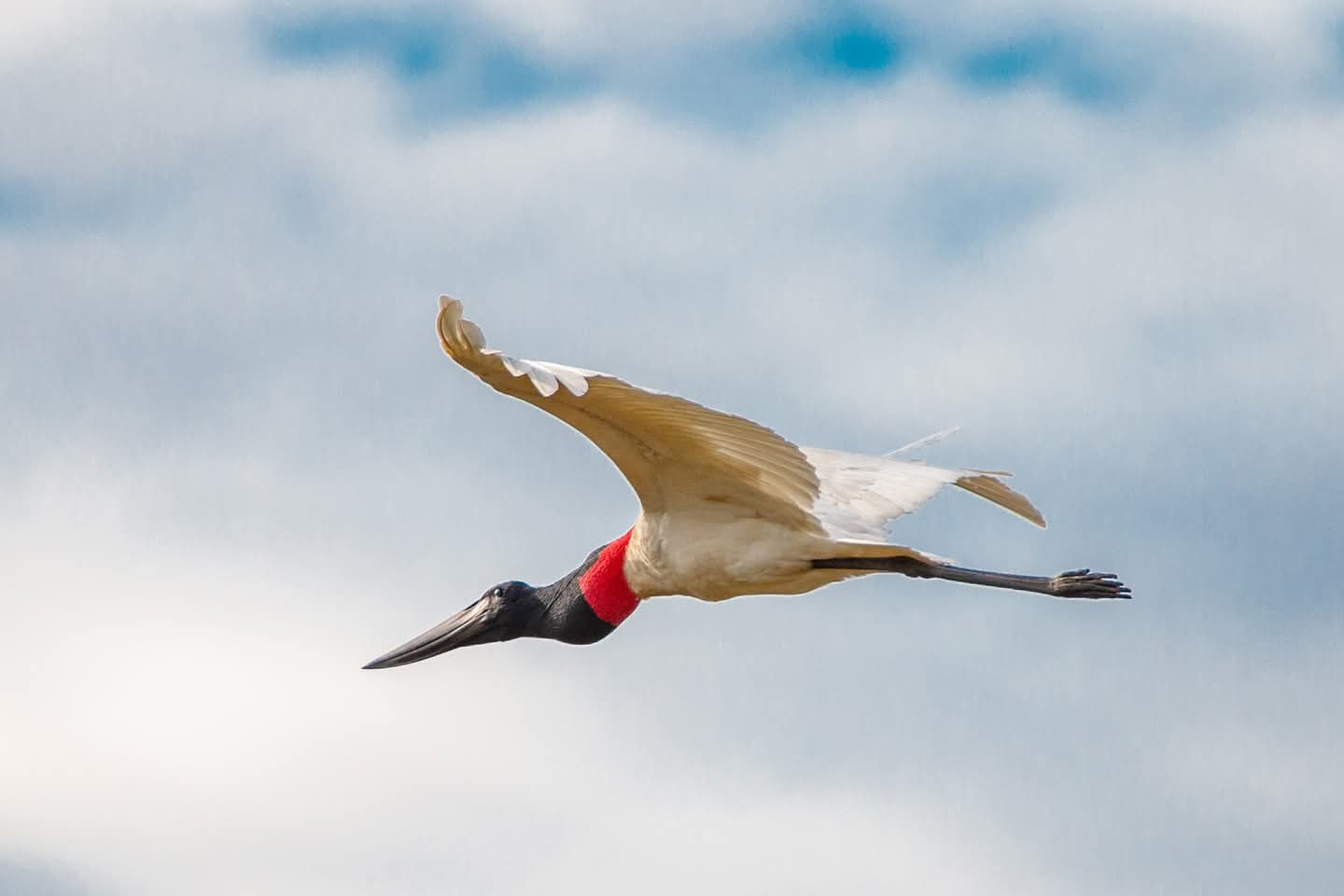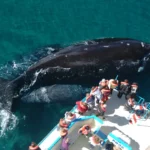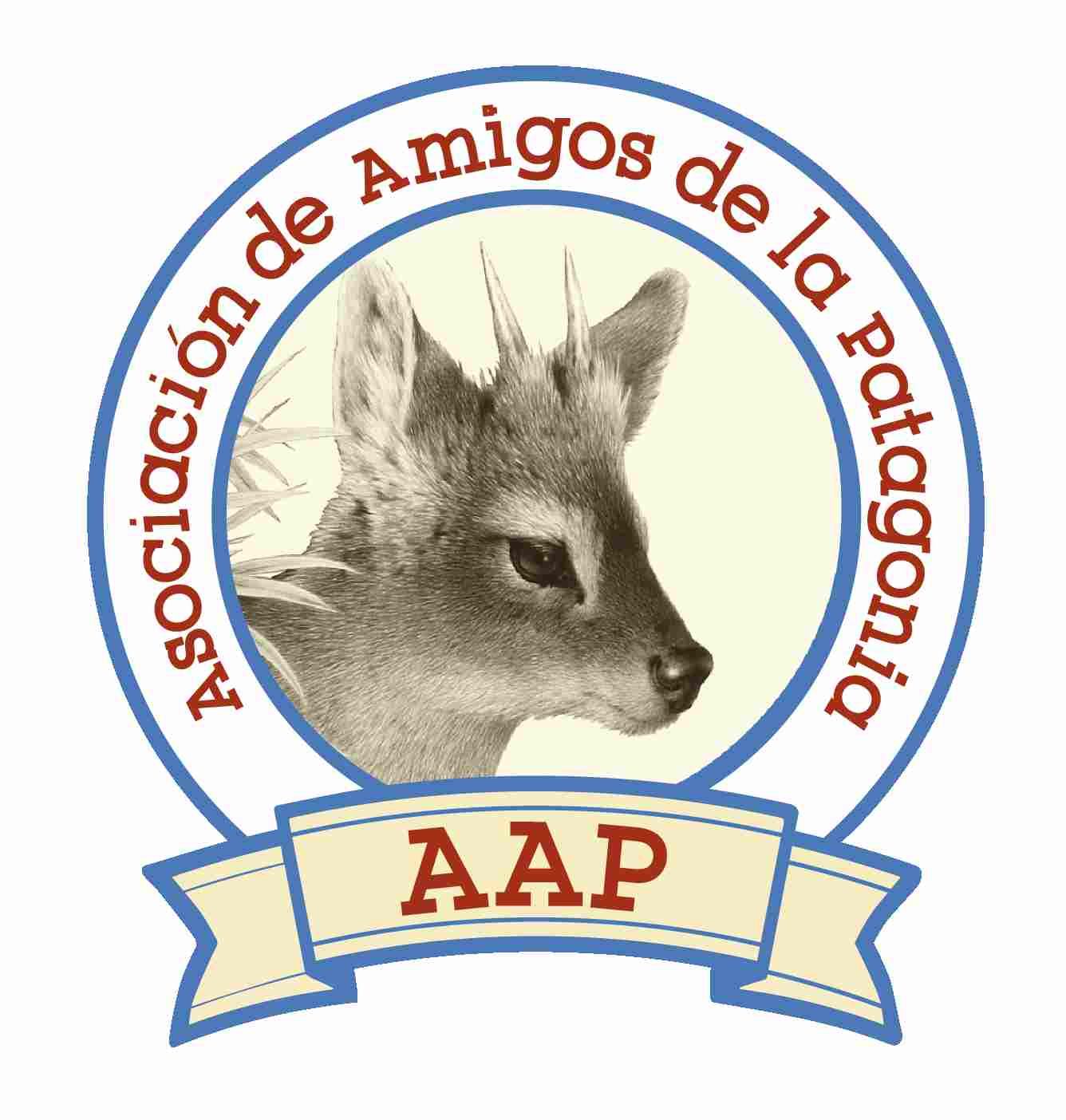
The jabirú (Jabiru mycteria) is South America’s largest flying bird and a remarkable sight for bird enthusiasts exploring Argentina’s wetlands. With its immense size, stark coloration, and silent grace, the jabirú is a powerful symbol of the country’s vibrant birdlife. Its name comes from the Guaraní language, meaning “swollen neck,” a reference to its striking red throat pouch.
In Argentina, jabirús are most commonly seen in the northeast, especially in regions with floodplains, marshes, and shallow lakes, where they play a vital ecological role as both predator and scavenger.
Where to See It
The jabirú inhabits:
- The Iberá Wetlands (Corrientes Province)
- Formosa and Chaco Provinces
- Occasional sightings in Misiones, Santa Fe, and even parts of northern Santiago del Estero
Preferred habitats include:
- Shallow lagoons
- Flooded grasslands
- Riverbanks and estuaries
They are especially visible during the dry season, when water levels drop and fish become concentrated in smaller bodies of water.
Physical Characteristics
This stork is impossible to mistake:
- Height: Up to 1.5 meters (5 feet)
- Wingspan: Over 2.5 meters (8 feet)
- Weight: 6–8 kg (13–17 lbs)
- Coloration: Bright white body, with a black bald head and neck
- Throat pouch: Bare skin on the neck is vivid red and can inflate when displaying
- Bill: Thick, straight, and black—perfect for grasping slippery prey
Its size and silent flight make it a majestic presence in open skies and wetland landscapes.
Behavior and Diet
Jabirús are typically solitary or found in pairs, though they sometimes gather around abundant food sources.
Their feeding habits include:
- Hunting fish, frogs, snakes, insects, and small mammals
- Foraging in shallow water, where they use their sharp bill to probe the mud or snatch prey with swift movements
- Scavenging on dead animals, playing a cleanup role in wetland ecosystems
They are most active during the day and often seen standing motionless for long periods while hunting.
Picture of Jabirú below, by Gmmv1980.
Nesting and Reproduction
- Jabirús build massive stick nests in tall trees, often reused and added to every year
- Nests can reach over 1.5 meters wide and weigh hundreds of kilos
- They typically lay 2–4 eggs, and both parents help incubate and feed the chicks
- Young jabirús stay with their parents for several months
They are known for fierce territorial behavior during breeding season.
Conservation Status
The jabirú is listed as Near Threatened in Argentina, mainly due to:
- Wetland drainage and degradation
- Agricultural expansion and pollution
- Loss of nesting trees
However, populations in protected areas like Iberá National Park are stable, and rewilding efforts are helping restore healthy wetland ecosystems that benefit the jabirú and many other species.
Wildlife tours in Argentina
Majestic, rare, and awe-inspiring, the jabirú is one of Argentina’s most iconic birds. Its enormous wingspan and dignified silhouette make it unforgettable. For travelers and birders visiting the Iberá Wetlands or El Impenetrable, seeing a jabirú wading through golden marshes at sunset is a highlight of any wildlife adventure.
We’re a local tour operator based in Buenos Aires, which offers custom tours in Argentina and Chile. We invite you to contact us, and start planning your next incredible journey to South America!
Get inspired by some of our travel ideas, listed below:
Puma Tracking Tour and Orca Watching
Mision Province & Ibera Wetlands
Orca Whale Watching in Patagonia Argentina
Iguazu Falls, Peninsula Valdes and the Wetlands
Where to see Penguins in Patagonia
Peninsula Valdes: Wildlife Tour
0













